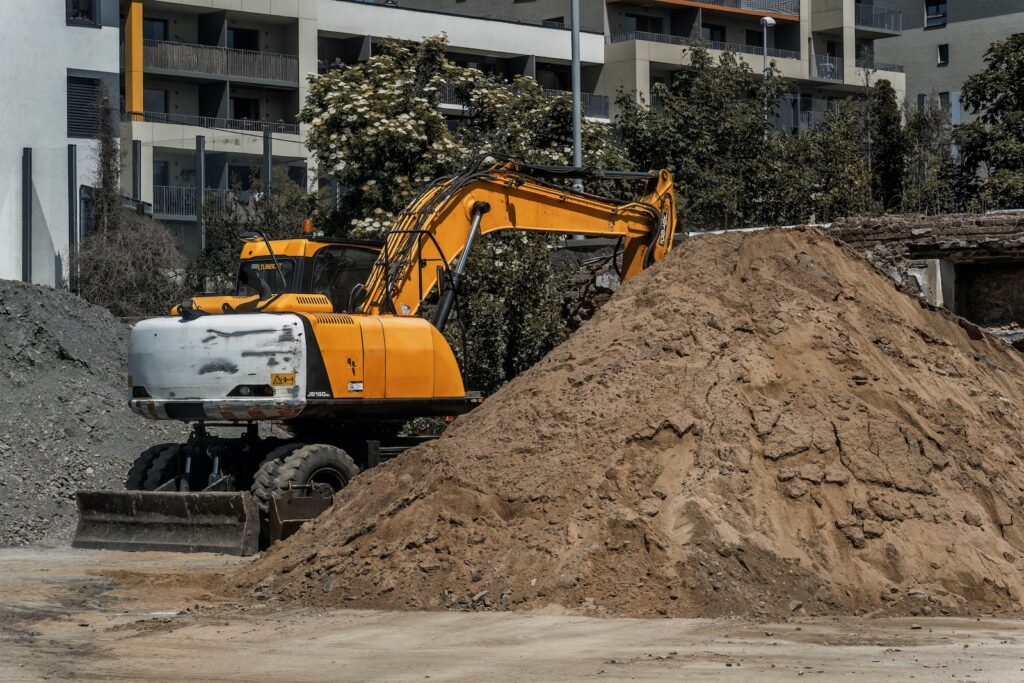Can concrete made from landfill waste help clean up construction?
Recycled waste can offer high strength and significantly improved environmental credentials compared with regular building materials.
Conducted by a team at Nottingham Trent University, new research points to the huge potential in using waste foundry to produce a new type of concrete. At a 30% substitution ratio for regular sand, the product offers up to 78% the stability and durability of standard concrete, making it suitable for use in curb stones, garden slabs, cycling pavements and lighter loadbearing concrete products.
It is hoped this new approach to making one of the most commonly used building materials on the planet can help tackle the critical pollution, carbon footprint and emissions challenges facing the sector, with the waste foundry otherwise bound for landfill.
Combined built environment emissions currently account for around 40% of the total worldwide output. Not only does the industry have a woeful record on greenhouse gases, it is also responsible for a huge amount of plastic waste, with 35,000 tonnes produced in the UK alone just from packaging – the focus of a recent report looking at how housebuilding can be made more efficient and environmentally-friendly.
‘The results suggest that waste foundry sand can be used in the production of concrete products when a reduction in strength is not critical. This is good news for the environment, as it shows that the use of natural sand can be reduced, and therefore so can the need for sending waste foundry sand to landfill,’ said Professor Amin Al-Habaibeh, intelligent engineering systems expert and lead on the research. ‘By using waste foundry sand, the overall cost of concrete can be cut and CO2 emissions can be reduced during transportation also.’
‘In many sectors, recycling waste foundry sand, instead of using virgin materials, can result in a slight decrease in the technical performances of the final products,’ said PhD candidate Sirwan Faraj, researcher at Nottingham Trent’s School of Architecture, Design and the Built Environment. ‘But this reduction could still be perfectly acceptable for a range of concrete products, depending on the needed application. It could be used effectively as a partial or complete replacement of standard sand in suitable quality mortars and concretes.’
More on climate and construction:
Open letter to UK Chancellor on housing and water efficiencies
NatWest partners on free retrofit training for construction workers
Scrapping EU-era nutrient neutrality ‘will boost England housing stock’
Image: Martin Martz













